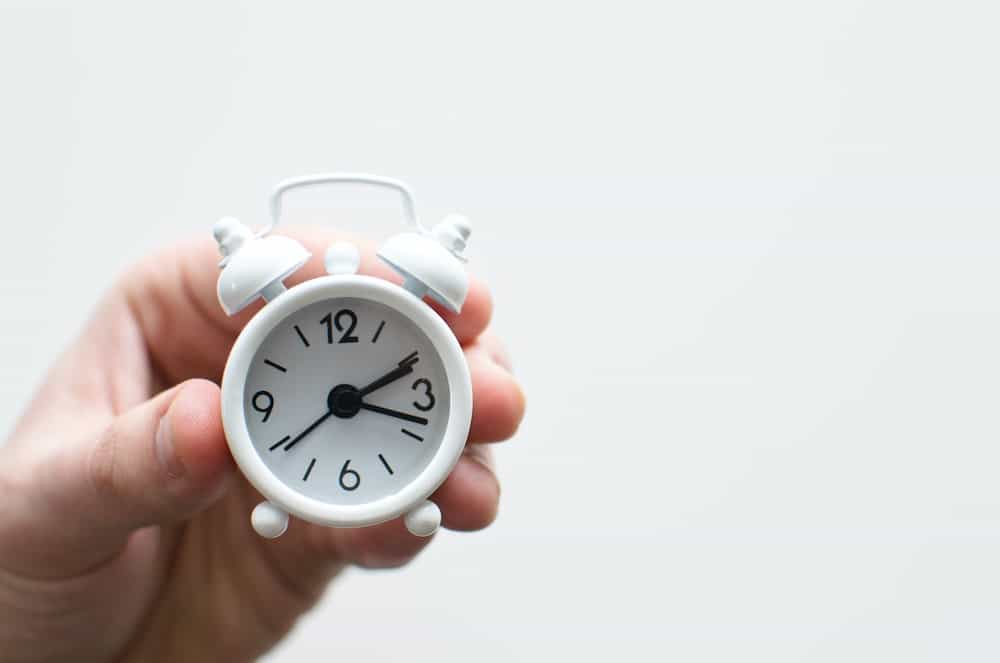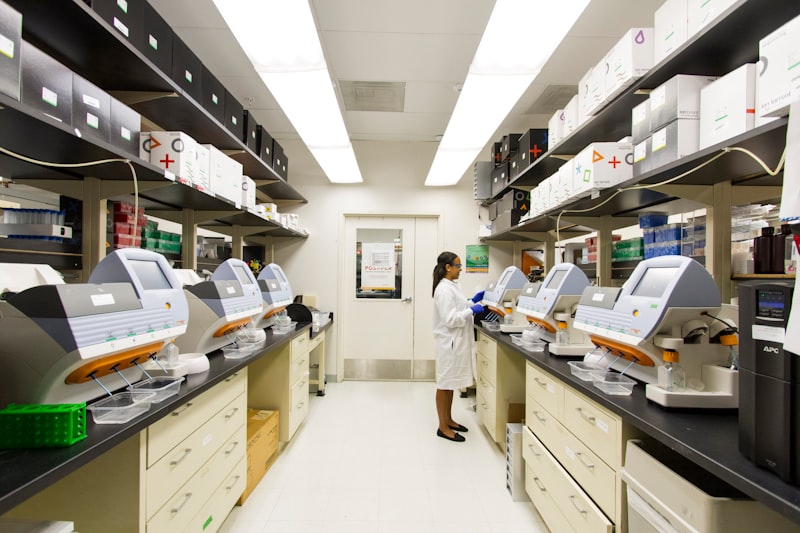When it comes to promoting your SaaS product, there's more to it than just sending emails. You must ensure that you're targeting people using your product at the right time—when they're most likely to engage with your message and buy. Several factors determine the best time for you and your audience to interact with one another.
Find out when your customers will most likely be on their computers or mobile.
You must use data to help you determine when your customers are most likely to be online. You can get this information by looking at your analytics and seeing what times of day your customers are most active on their computers or mobile phones.
- If most of your customers are working traditional 9-to-5 jobs, they will probably be on their computers in the morning and after work in the evening.
- If you have a younger audience (such as students), they may be more likely to use their devices during school hours or later at night when they're out with friends.
Consider their type of industry.
It's important to know who your customers are, what they do, and how their industry affects the best time to promote your product. The data you have on hand can help you decide when is the right time to get in front of your target audience.
Look at the business hours of your customers' industry: If they work during regular business hours (9-5), you can plan out promotions based on those times. It is a good idea to research seasonal trends within that industry and determine when people will be most active online.
What does your email data say?
Another great way to get a sense of when your customers are most likely to open emails is by analyzing the data you already have.
If you're using an email marketing platform like MailChimp, HubSpot, ConvertKit, or ActiveCampaign, look at the time of day and day of the week you get the most open. It will help determine when people are most active with their inboxes and can be a good indicator of when they might be ready to engage with your content.
Another valuable thing to do is look at how many times someone opened an email campaign over a given period (I recommend looking at last month) compared to previous months. This gives us some insight into whether we should send out more or fewer messages during certain periods so as not to annoy our subscribers too much!
Make sure to spread out your promotions.
Spread out your promotions so that you don't overwhelm your customers. If they get too many emails from you, they'll start to ignore them. If they get too few emails, then it's easy for their attention to wander away from your product completely.
You should also ensure that each email's content is relevant and personalized for each customer. For example, if someone signs up for a free trial of a SaaS product but doesn't pay after the trial period is over (which happens often), then an email message should be sent with instructions on how to extend their trial period or upgrade their account before they lose access. However, if someone has already paid for an annual subscription without any problems or complaints about billing issues etc., then it's unlikely that any promotional message will convince them to spend more money right now instead of just staying with what they have already paid for before.
Consider the life cycle of your SaaS product.
There are two typical stages in the life of a SaaS product:
- Early maturity
This is when your product has reached a level of stability, and you have figured out how to generate revenue. You might focus on building your customer base, scaling up sales and marketing efforts, or investing in R&D to improve the product. The key here is that you must ensure enough customers are paying for your SaaS offering to continue improving it.
- Late maturity
In this stage, you have built up an established customer base who rely on your solution as part of their daily operations. As a marketer, you must continually show how valuable your solution can be by highlighting its benefits over competitors' offerings and ensuring that people know how easy it is to use (e.g., through training videos).
You can learn a lot about how to promote your software by learning more about your customers.
To get the most out of your SaaS marketing, it's important to consider when your customers will most likely be sitting at their computers. If you know that they're more likely to be on their computers right after lunch, then you can time your emails accordingly.
This might seem obvious in theory, but it can be difficult in practice because there isn't always a clear answer regarding the timing of promotional emails or social media posts. You can learn a lot about promoting your software by learning more about your customers—including their industry and job title, where they live, and what kind of computer or device they use.
Remember, the best way for us all is through testing! No single solution will always work for everyone (although some may succeed with only one type of promotion). But if we learn from our successes and failures, we'll continue getting closer every day until we find something that works well!
Conclusion
A better understanding of your customers is key to creating effective marketing campaigns. By studying your email data and knowing when they are most likely to be on their computers or mobile devices, you can ensure that every promotion reaches them when they're most interested in hearing from you. You can also use this knowledge to create targeted promotions based on your product's industry type or life cycle stage.






